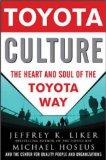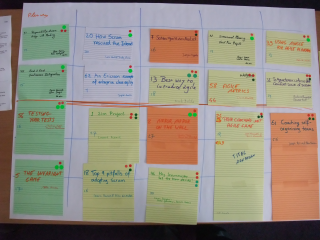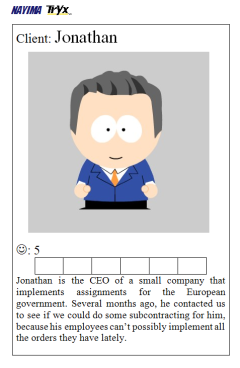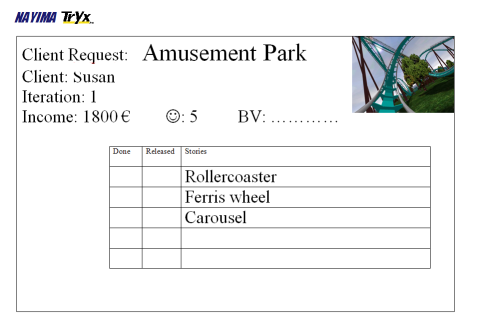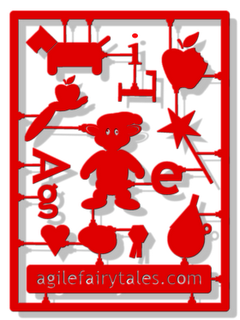Consulting is easy
Yesterday someone told me “Consulting is easy. You just say to management what we’ve been saying for years!”
People tell me that all the time.
My standard answer is: “You’re right. I just listen to people. They usually tell me what the problem is within 5 minutes. They tell me what the solution is in the next 10 minutes. Easy.” (The 5-minute Rule)
The rest of the day is filled with fooling around with word processors and presentation software. And playing with index cards, whiteboards, stickers and other silly stuff of course! 😉
Consulting ain’t as easy as it looks (The Number One Secret)
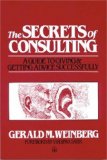 But if it was so easy, why did this person need to repeat their message for years? Why wasn’t the message heard or acted upon?
But if it was so easy, why did this person need to repeat their message for years? Why wasn’t the message heard or acted upon?
Giving advice isn’t easy. Getting advice is even harder. The Secret of Consulting is that you have to be heard to have an effect.
Everybody who wants to be heard, not only consultants, should read this book at least once per year.
But, why does this customer need a consultant if their employees could give them the same advice, essentially for free? Why don’t they hear?
Everybody who wants to hear, not only consultants, should read this book at least once per year.
I hear a lot of talk about “Lean”, including at this customer. When asked about it, most people will say something about “eliminating waste”. Some may even mention “Japanese”, “flow” or “quality”.
Real Lean is making use of the collective wisdom of everybody in the organisation. Real Lean companies don’t need consultants. Everybody’s a consultant in a Real Lean company.
If you can’t accept failure, you’ll never succeed as a consultant (The Hard Law)
Most of the time, for most of the world, no matter how hard people work at it, nothing of any significance happens. (Weinberg’s Law of Twins)
No matter how many books you’ve read, your advice will be neglected, misunderstood or mis-applied some of the time. Or, more likely, you will give the wrong advice at the wrong time to the wrong person.
There are no perfect consultants. There are consultants who work on easy problems most of the time.
Some of the time, in some places, significant change happens – especially when people aren’t working hard at it. (Weinberg’s Law of Twins Inverted).
Helping myself is even harder than helping others (The Hardest Law)
Everybody who wants to hear or be heard should read The Secrets of Consulting at least once per year.
I’ve just started re-reading it. I rediscover at least one gem on each of its 200 pages each time I read it.
Do you want to be heard?
Do you want to hear?
